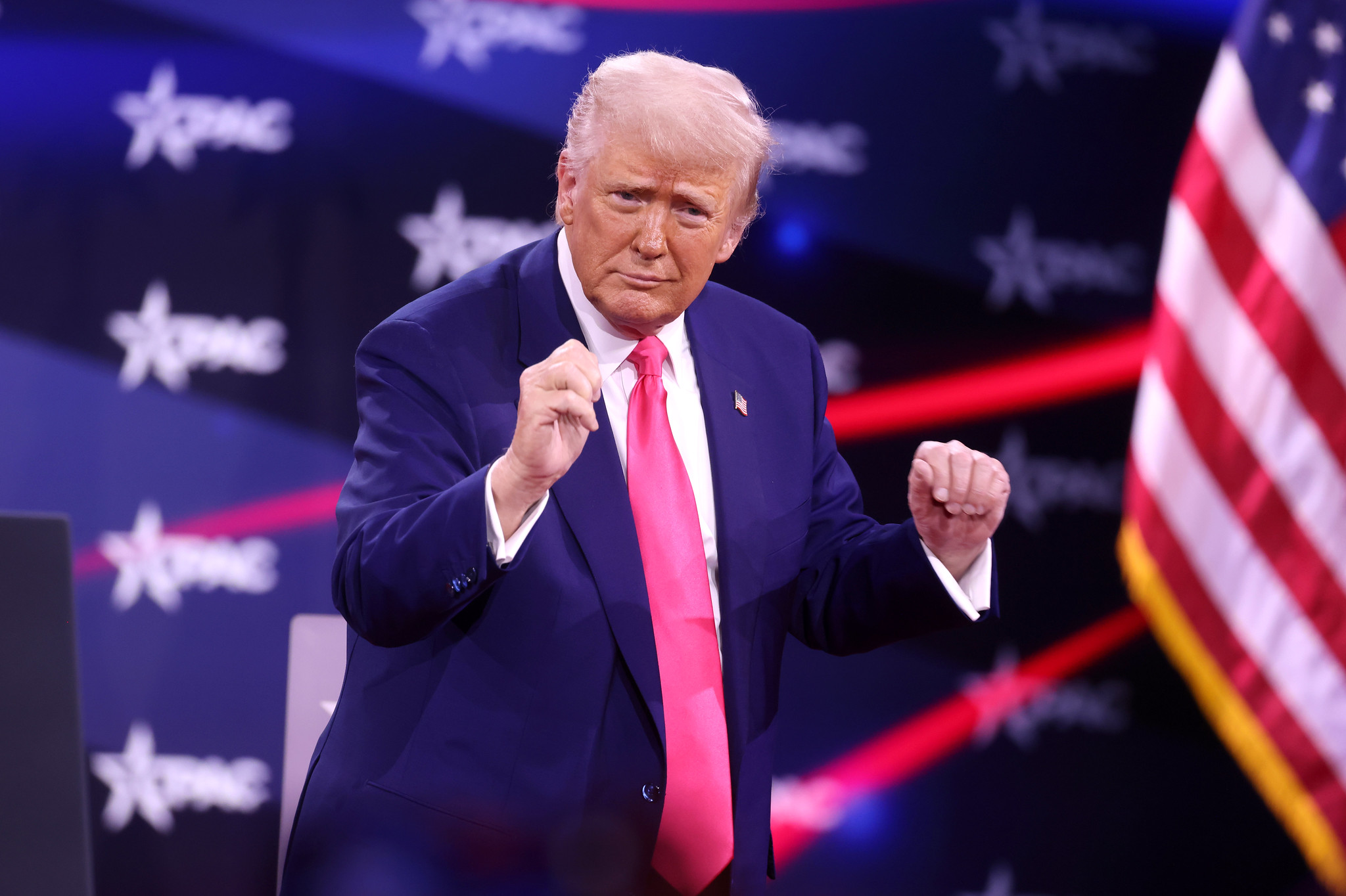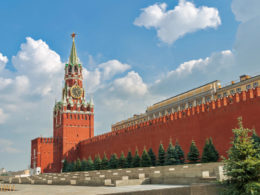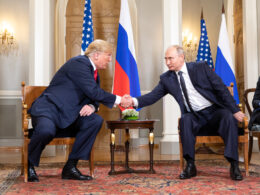As Russia’s military advantage in Ukraine shows signs of erosion, former President Donald Trump is pulling back from applying pressure on Moscow. According to a Washington Post report on 24 May citing US and European officials, Moscow’s capacity to sustain its offensive may diminish further by next year, yet Trump has shifted focus from sanctions to trade talks with Russian President Vladimir Putin.
Since taking office in January, US President Donald Trump has been pushing for talks between Kyiv and Moscow, allegedly to end the ongoing Russo-Ukrainian war. However, while Washington continues to pressure Ukraine to consider concessions, it has notably avoided applying comparable pressure on Russia — the aggressor in the war.
Trump had previously warned of financial penalties unless Moscow agreed to a ceasefire. However, after a two-hour phone call with Putin on 19 May, he instead highlighted potential trade deals and indicated he might delegate negotiations to European leaders — or even to the new pope. His administration has not committed to additional aid for Ukraine.
Officials who spoke with the Washington Post said now might be the most opportune moment to pressure Russia into ending the war, given its rising costs and slowing advances. A Defense Intelligence Agency (DIA) assessment presented 10 days ago stated that while the war may still trend in Russia’s favor without strong Western action, Moscow's gains come with high losses — at least 10,000 ground combat vehicles, over 3,000 tanks, 250 aircraft, and more than 10 naval vessels since 2022.
Over the past year, Russia gained only 0.6% more Ukrainian territory, suffering an estimated 1,500 casualties per day, according to former Western officials, cited by WP. Total Russian casualties may now exceed one million.
“Russia is very gradually taking bits of territory still, but at an unsustainably high cost,” said Richard Barrons, former head of Britain’s Joint Forces Command.
Following his call with Putin, Trump made no mention of sanctions or aid in public. A source familiar with exchanges said Trump told European leaders Putin does not appear ready to halt the war. Secretary of State Marco Rubio defended the administration’s approach, noting that Ukraine still receives support, though the White House hasn’t requested new funding. Rubio also said NATO allies are being asked to contribute more Patriot air defense systems.
Moscow rejects ceasefire
Putin ignored Trump's call for a 30-day ceasefire and sent a low-level delegation to recent Istanbul talks with Kyiv, where Rubio represented the US.
On Friday, Russian Foreign Minister Sergei Lavrov reiterated that peace could only be signed by a “legitimate,” newly elected Ukrainian government — repeating Moscow’s propaganda claim that Ukraine is a Nazi-ruled, illegitimate state.
Senate proposed new sanctions
Meanwhile, a bipartisan Senate group led by Lindsey Graham and Richard Blumenthal introduced legislation proposing new sanctions if Russia avoids meaningful negotiation. The bill includes a 500% US tariff on imports from nations buying Russian oil, gas, or uranium. According to WP, Graham warned,
“If it is more of the same, Russia can expect decisive action from the United States Senate.”
Russia believes it can sustain war
European officials noted that Putin’s either "genuinely believes he has ‘all the cards,’ as Trump has put it, or is simply waiting for the West to grow tired of the seemingly unending conflict, dwindling stockpiles of Soviet-era equipment will make Russia increasingly dependent on new systems produced from scratch." Putin's confidence may be based on flawed internal reports, according to the officials.
Though Russia once had a stockpile of 13,000 Soviet-era tanks, it’s increasingly reliant on refurbishing older models. If no ceasefire occurs, experts expect intensified Russian assaults this summer.
“Russia is actually culminating in its ability to conduct an offensive,” Barrons said.
Even with gains, experts say Russia lacks the strength to seize full control of Donetsk, Luhansk, Kherson, and Zaporizhzhia — regions it claimed to have annexed in 2022.




